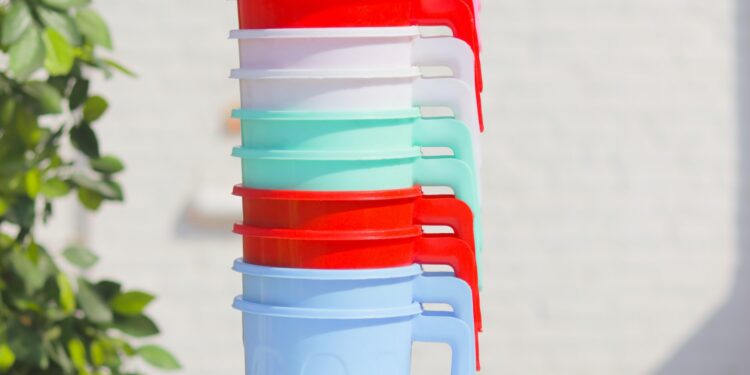How Many 1/4 Cups to Make 1 Cup
Navigating measurements in the kitchen can often feel like a tricky math problem. But don’t worry, I’m here to help you figure out how many 1/4 cups make up 1 cup. The answer is simpler than you might think: it takes four 1/4 cups to equal one whole cup.
Why is this important? Well, when you’re following a recipe and it calls for a certain amount of an ingredient, getting the measurement right can mean the difference between culinary success and disaster. It’s particularly relevant if you’re baking, where precision is key to achieving the desired result.
In essence, understanding how these fractions work within your measurements not only helps streamline your cooking process but also improves your overall culinary skills. So next time you see “1 cup” in a recipe and all you have on hand is a 1/4 measuring cup – no sweat! You’ll know exactly what to do: just fill that quarter-cup four times over, and voila! You’ve got yourself one full cup.

Understanding Cup Measurements
In the world of cooking and baking, measurements can make or break your recipe. That’s why it’s crucial to understand how cup measurements work. If you’ve ever found yourself asking “how many 1/4 cups make a full cup?”, then let me unravel this conundrum for you.
Let’s start by understanding what a ‘cup’ means in the culinary world. It is a unit of volume commonly used in cooking recipes, particularly in the United States. A standard US cup holds about 237 milliliters of liquid (though it’s often rounded to 240 mL for simplicity). But don’t confuse it with the metric ‘cup’ used in UK, Canada, Australia and other countries, which is slightly larger at 250 mL.
Now, onto our question: how many 1/4 cups fit into one full cup? The answer is simple – just think of quarters! Just as four quarters add up to make one dollar, four 1/4 cups will combine to give you one whole cup.
In case numbers speak louder to you than words:
| Fraction | Equivalent Cups |
| 1/4 | .25 |
| 2/4 | .50 |
| 3/4 | .75 |
| 4/4 | 1 |
See how it adds up? Every time we add another quarter (or another 1/4 cup), we’re getting closer to that full measurement of one whole cup.
But don’t get too complacent! While this math might seem straightforward when dealing with water or milk, certain ingredients like flour or sugar may require different tactics – they might need sifting before measuring or packing tightly into the measuring tool. Always refer back to your recipe for specific instructions!
So there you have it – an easy guide on understanding cup measurements. Remember, cooking is as much a science as it is an art. The more accurate your measurements are, the better your culinary creations will turn out!














